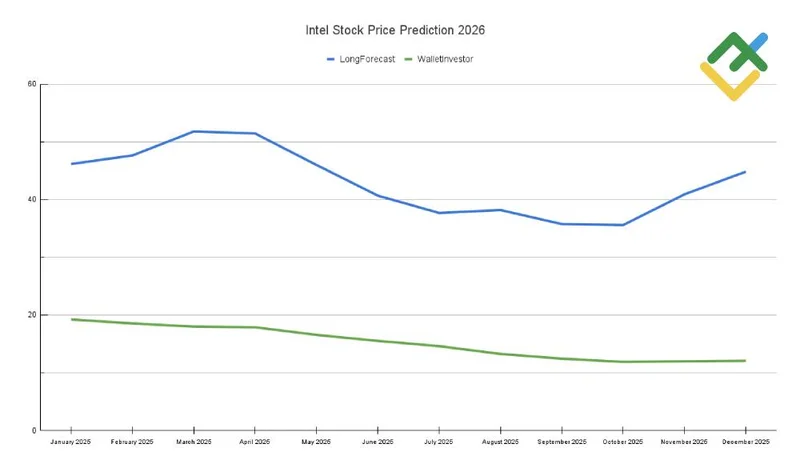Article Directory
The ticker flashed green after hours, a small but welcome sight for long-suffering holders of Intel stock. The headline numbers from the company’s first earnings report since the U.S. government effectively became a cornerstone investor were, on the surface, positive. The news that Intel beats on sales in first earnings report since U.S. government became top shareholder was a rare glimmer of operational competence in a narrative dominated by delays and market share losses. You could almost hear the collective sigh of relief from the retail crowd on the `intel stock reddit` forums, a desperate search for any data point to justify their faith.
But in the sterile quiet of post-market analysis, away from the noise of algorithm-driven price jumps, the real questions begin to surface. A sales beat is a data point, not a conclusion. And when you start dissecting the anatomy of this particular beat, the picture becomes substantially less clear. The market wants to know if the patient is getting healthier. This report, however, feels less like a clean bill of health and more like a patient being kept stable by a very powerful, very well-funded new doctor.
The Government in the Machine
Let’s be precise. Intel reported quarterly revenue that was approximately 3% above the Wall Street consensus. The stock popped. End of story, right? Not quite. The core of my skepticism lies not in the number itself, but in its composition—a detail on which the official report is predictably opaque. The critical, unanswered question is this: how much of this revenue "beat" was driven by organic, competitive wins in the open market versus sales directly or indirectly subsidized by government initiatives?
We know the U.S. government has committed billions to Intel’s foundry ambitions (a direct result of the CHIPS and Science Act funding). This initiative isn't just about writing checks; it's about creating a built-in customer base for national security-sensitive chips. It’s entirely plausible that a significant portion of the upside surprise came from accelerated orders from defense contractors or federal agencies—customers who are buying American silicon for strategic reasons, not necessarily because it’s the best or most cost-effective silicon on the planet.
This creates a fundamental distortion. It’s like judging a new restaurant’s success when half its tables are filled every night by the landlord’s family, who also happens to be paying a portion of the rent. Are the sales real? Yes. Do they tell you anything about whether the restaurant can survive on its own? Absolutely not. Until Intel provides a clear segmentation between its commercial and government-backed revenue streams, we’re essentially flying blind, trying to gauge the health of a commercial enterprise that is now partially functioning as a state-sponsored utility.

A Tale of Two Tickers
To understand the Intel predicament, you have to look at its rivals. The narratives for Nvidia and AMD are brutally simple, written in the unforgiving language of market demand. The Nvidia stock price (NVDA) is a direct proxy for the AI revolution. Its dominance is so profound that its earnings reports are treated as macroeconomic indicators. There’s no ambiguity there; customers are lining up to pay top dollar for its H100 and Blackwell chips because there is no viable alternative for high-end AI training. The story of AMD stock is one of relentless execution, chipping away at Intel’s server and PC market share with competitive products.
The Intel stock price, by contrast, is becoming a much more complicated financial instrument. It’s no longer just a bet on the company's ability to execute its technical roadmap. It is now, inextricably, a bet on the persistence of U.S. industrial policy. And this is the part of the analysis that I find genuinely puzzling: the market seems to be pricing Intel as if this government support is a permanent feature with no downside.
Subsidies can build factories, but they can’t innovate. They can guarantee initial orders, but they can’t create market-defining products. While the government is helping Intel build the arena, Nvidia is already selling every ticket to the main event. Intel’s foundry services have to eventually compete with TSMC on merit—on process technology, on yield, and on price. The government can de-risk the capital expenditure, but it can’t de-risk the execution. What happens in three years if Intel’s 18A process is still struggling to match its Taiwanese rival on performance, even with billions in taxpayer money behind it? Does the government become a customer of last resort forever?
This sales beat feels like a temporary anesthetic. The company’s share in the high-margin data center market has eroded by about 20%—to be more exact, 18.4% over the past three years. That’s the real, underlying condition. This report does nothing to suggest a reversal of that trend. It merely papers over the symptoms with a dose of government-funded demand.
A Subsidized Victory
Strip away the political narrative, and what are you left with? A company that managed a minor sales beat while its primary competitors continue to dominate the most profitable and fastest-growing segments of the semiconductor industry. This earnings report isn't a sign of a turnaround; it's a baseline reading of a company on life support. The support is strong, and the patient will remain stable for the foreseeable future, but we have no new data to suggest it can ever walk on its own again. The Intel stock price is no longer a pure reflection of its corporate performance. It’s a tracking stock for a geopolitical strategy, and investors would do well to remember the difference.
